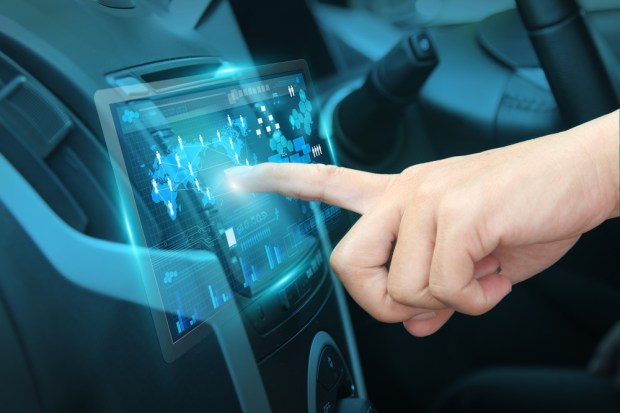Hyundai, Kia To Bring AI Assistants Onboard In 2019

South Korean vehicle manufacturers Hyundai and Kia Motors are gearing up to add artificial intelligence (AI) to their cars beginning in 2019.
According to a report by etNews.com published Tuesday (Dec. 26), the two car companies are planning to work with domestic and foreign companies to apply voice recognition-enabled, AI-powered digital assistants to their vehicles. These AI-powered assistants would be able to recognize natural language inside the car’s cabin. According to high ranking officials from Hyundai Motor Group, the plan is to have all of the company’s cars connected by 2025.
The first Hyundai car enabled with connected functions will be the new Veloster set for release in January. In the past, connected features were reserved only for high-end vehicles via BlueLink and UVO services.
“Our connected cars will sequentially provide basic functions such as opening and closing of car doors, operation of air conditioners and heaters and control of infotainment to enhanced connected functions, such as ‘Car to Home’ that can operate electronic devices at homes from a car and conversation through natural language,” said an unnamed Hyundai Motor group source. “We are going to apply connectivity function to all of our new cars that will be released after 2018 and our plan is to compose all of our cars as connected cars by 2025.”
Hyundai and Kia began working on connected cars last year, tapping Cisco Systems to help them develop automotive network technologies. The two carmakers are also developing an operating system for connected cars dubbed ccOS.
The potential for commerce applications to be embedded in a car’s dashboard is great. Unfortunately, the gap between that potential and the real-world experience is also great, as voice-activation expert and Sensory CEO Todd Mozer told Karen Webster in a recent conversation.
“The main problem with the voice-activated AI in the car — and all the functions people want to build on it — is that the platforms today just aren’t very good,” Mozer pointed out. “They’re slow, most of them still require a push button to start and they have a hard time with easy commands. Most customers are just better served using their smartphone.”
But that reality, Mozer noted, is showing signs of improvement, as both consumers and OEMs are considering the problem more holistically — and as consumers’ hunger for cars that can do more, particularly in regard to commerce functions, is only growing over time.
